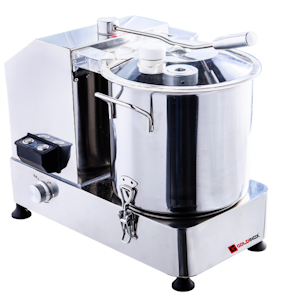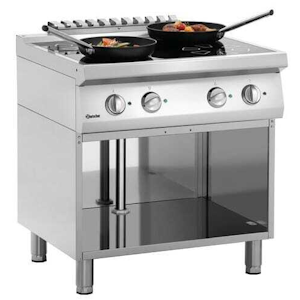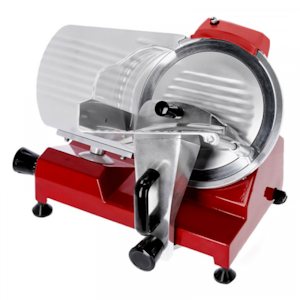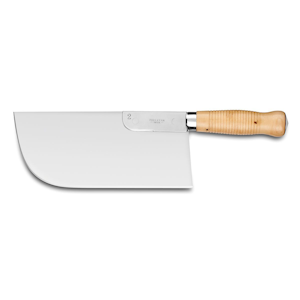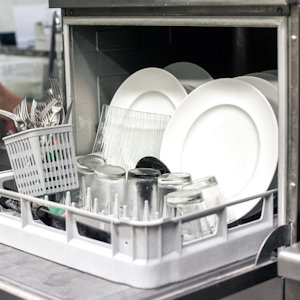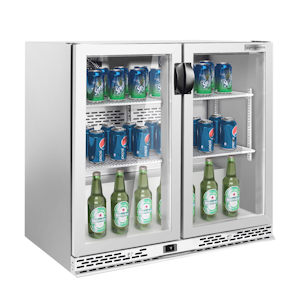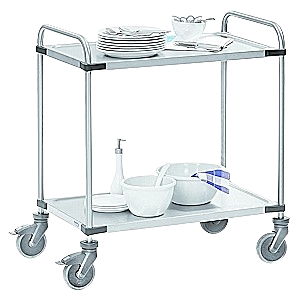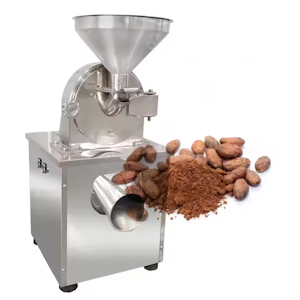The Ergonomic Risk Prevention Grant (FIPU)
Created in 2023 and available from March 18, 2024, the Ergonomic Risk Prevention Grant (FIPU) is part of the Investment Fund for the Prevention of Professional Wear. Its purpose is to support companies in implementing actions aimed at preventing ergonomic risks and protecting the health of employees most exposed to physical risk factors. This financial aid helps finance projects that improve working conditions and reduce the occurrence of musculoskeletal disorders (MSDs).
Funded Actions by the FIPU Grant:
The following actions can be funded under the FIPU grant:
- Workplace Adjustments: Modifying the workspace to improve ergonomics (e.g., desks, chairs, tools).
- Ergonomic Equipment Acquisition: Purchasing ergonomic furniture or equipment (e.g., ergonomic chairs, computer supports).
- Training and Awareness: Organizing training sessions on risk prevention and raising employee awareness of best practices.
- Ergonomic Diagnoses: Conducting studies and consultations with experts to identify risks and propose improvement solutions.
- Prevention Initiatives: Implementing actions to assess risks related to work organization and applying prevention action plans.
Beneficiaries:
This grant is available to private sector businesses, including artisans, traders, and freelancers. It is particularly beneficial for SMEs and small businesses that may lack the resources to finance preventive actions on their own.
Eligibility Criteria:
To be eligible for the FIPU grant, companies must meet several criteria:
- Company Size: Fewer than 50 employees.
- Social Contributions: The company must be up to date with its social contributions.
- Social Security Registration: The company must be registered with the Social Security of Employees.
Required Documents:
- URSSAF vigilance certificate.
- Bank details (RIB) in PDF format.
- Certificate of exemption from VAT (if applicable).
Grant Amount:
The grant typically covers up to 50% of the costs of implemented actions, with an annual cap determined by CNAMTS. Eligible expenses include workspace adjustments, ergonomic equipment purchases, consultancy, and training services.
Procedure to Access the Grant:
- Grant Application: The company submits a detailed request outlining its ergonomic prevention project.
- Project Evaluation: CNAMTS evaluates the feasibility of the project.
- Implementation: Once approved, the company can begin implementing the actions and receive funding.
- Monitoring and Validation: The project undergoes follow-up to ensure that actions are carried out as planned, and expenses are properly justified.
Why is This Grant Important?
Ergonomic risks, particularly musculoskeletal disorders (MSDs), are responsible for numerous workplace accidents and long-term absenteeism. By financing actions to improve workplace ergonomics, the FIPU grant helps reduce professional risks, prevent absenteeism, and enhance productivity by creating a healthier work environment.
Conclusion:
The FIPU grant is a valuable resource for companies looking to invest in ergonomic risk prevention. It helps fund practical projects to improve workplace ergonomics and prevent musculoskeletal disorders. This financial support contributes to employee health while reducing costs related to workplace accidents and absenteeism.
For more information and to learn about the application process, it is recommended to consult the official CNAMTS website or reach out to a local prevention advisor in your region.
Consult the Available Financial Aid and Support Programs
When you're an entrepreneur or business owner, access to financing and public grants can be a crucial factor for the success of your projects. Whether it's to purchase equipment, invest in new technologies, or start your business, there is a wide range of support options available. These aids can come in various forms: loans, subsidies, tax credits, or personalized support.
It’s essential to understand these available options to maximize your chances of success and effectively fund your investments. To do so, it’s recommended to regularly consult available funding options, as they may evolve depending on your industry, geographical location, or project nature. For instance, specific funding may be available through regional authorities, local communities, or public organizations like BPI France for innovative or growing companies. Some local subsidies may also be available for projects related to energy transition or industrial modernization.
Taking the time to check with your Chambers of Commerce and Industry (CCI), BPI France, or your regional authorities’ websites will help you identify the aids you are eligible for and the steps to take. Each program can offer specific advantages based on your company's type and project goals.
Therefore, whether it’s guaranteed loans, innovation grants, or low-interest financing, choosing the right funding can make a significant difference in the development and success of your business.
Financial Aid and Support for Equipment Purchase and Business Creation
For businesses in France, there are numerous aids and financing options to support equipment purchases and business creation or acquisition projects. These aids are often provided in the form of loans, subsidies, tax credits, or specific support programs. Here's an overview of the main options available:
-
State-Guaranteed Loan (PGE) The State-Guaranteed Loan (PGE) is still available to finance material investments. Though initially launched during the COVID-19 crisis, it can still be used by companies in temporary difficulty or in development phases.
- Amount: Up to 25% of turnover.
- Guarantee: The state covers up to 90% of the loan.
- Duration: Up to 6 years, with a grace period.
-
Tax Credit for Competitiveness and Employment (CICE) Although transformed into a reduction of social charges, this tax credit offers an indirect reduction in costs, freeing up funds to invest in new equipment.
- Benefits: Reduces social charges, freeing up funds for material purchases.
- Conditions: Companies with employees looking to improve competitiveness.
-
Regional and Local Aid Regions and municipalities offer subsidies and loans for equipment purchases, particularly in sectors like agriculture, innovation, or energy transition.
Examples of aids:
- Honor loans to support investments.
- Energy transition aids to improve equipment efficiency.
Sources: Local Chambers of Commerce, regional councils.
-
Investment Loans from BPI France BPI France offers specific loans for industrial or technological equipment purchases. Options include zero-interest loans and industrial development loans.
Zero-Interest Loan (PTZ):
- Amount: Up to €500,000.
- Duration: Up to 7 years.
- Conditions: For innovative or developing SMEs.
Industrial Development Loan (PDI):
- Amount: From €50,000 to several million euros.
- Conditions: For large-scale industrial projects.
-
European Aids (FEDER) The European Regional Development Funds (FEDER) support businesses with material investments to promote innovation, energy transition, or growth.
- Type of aid: Subsidies and loans for innovation or industrial modernization projects.
- Conditions: Projects focusing on innovation or growth in targeted areas.
This section is just a part of the broader financial aid landscape in France, designed to help businesses invest in equipment, innovation, and sustainable development. Whether you're starting a business or seeking to expand, various funding options can significantly ease your financial burden.


